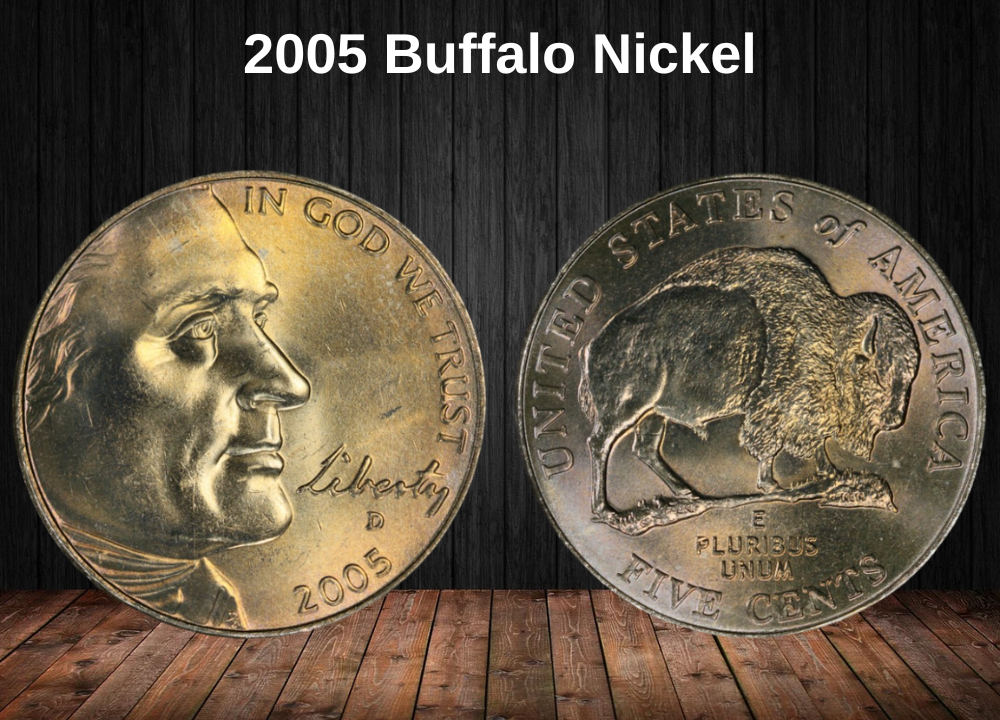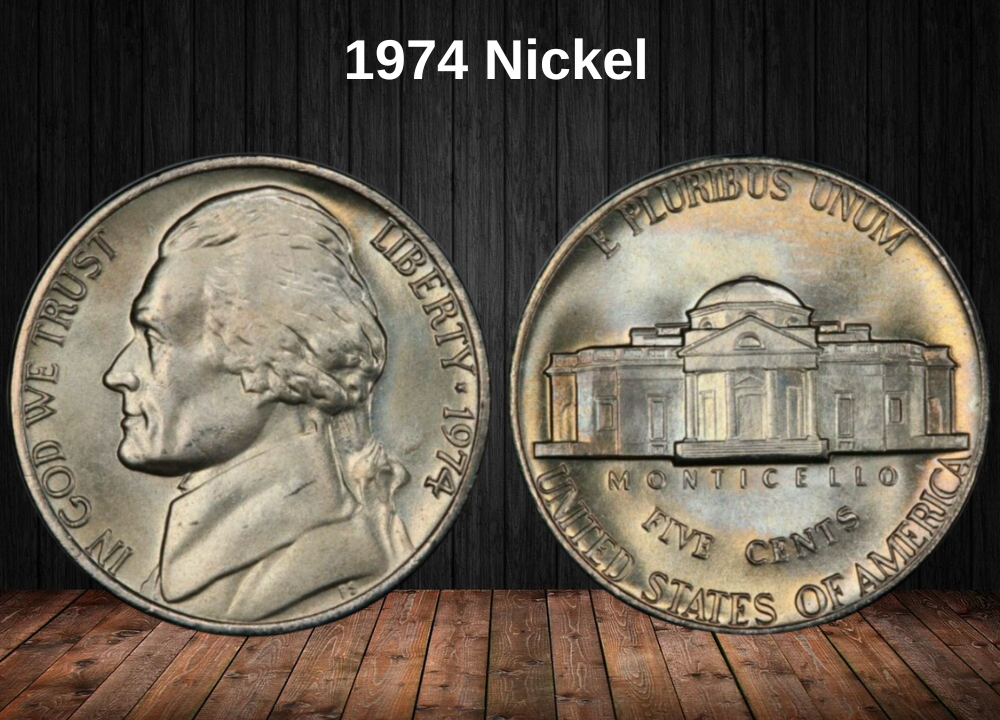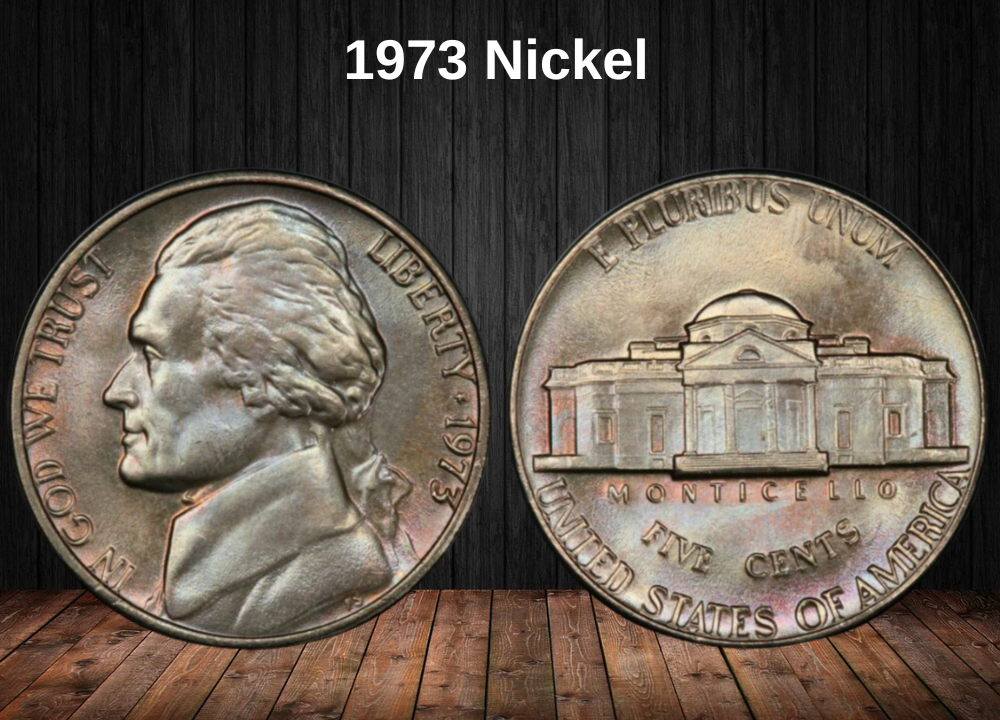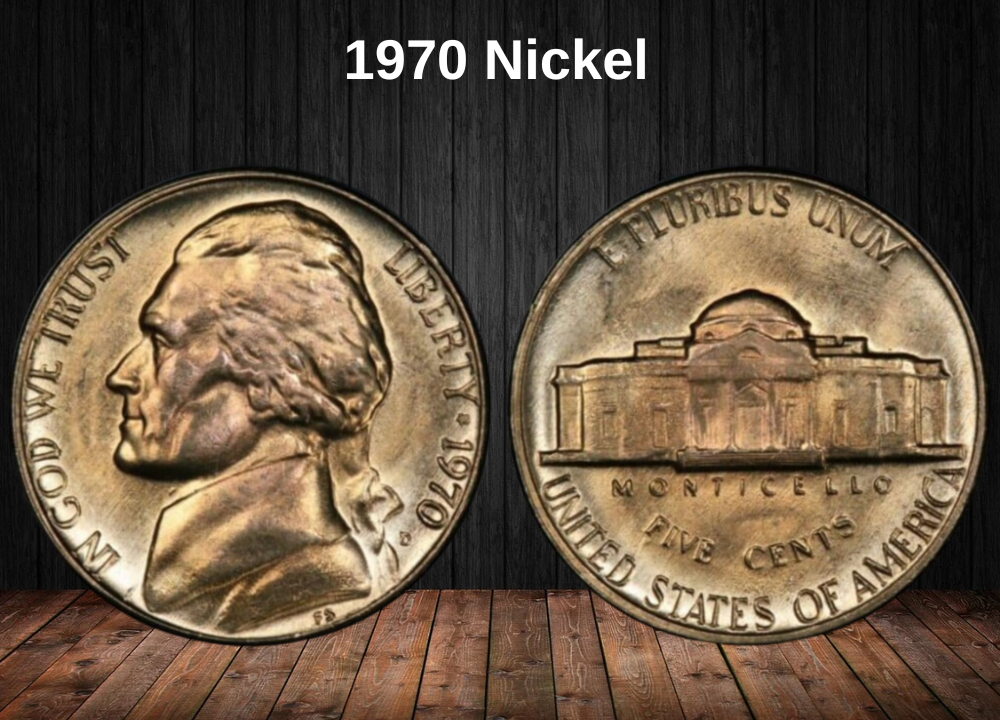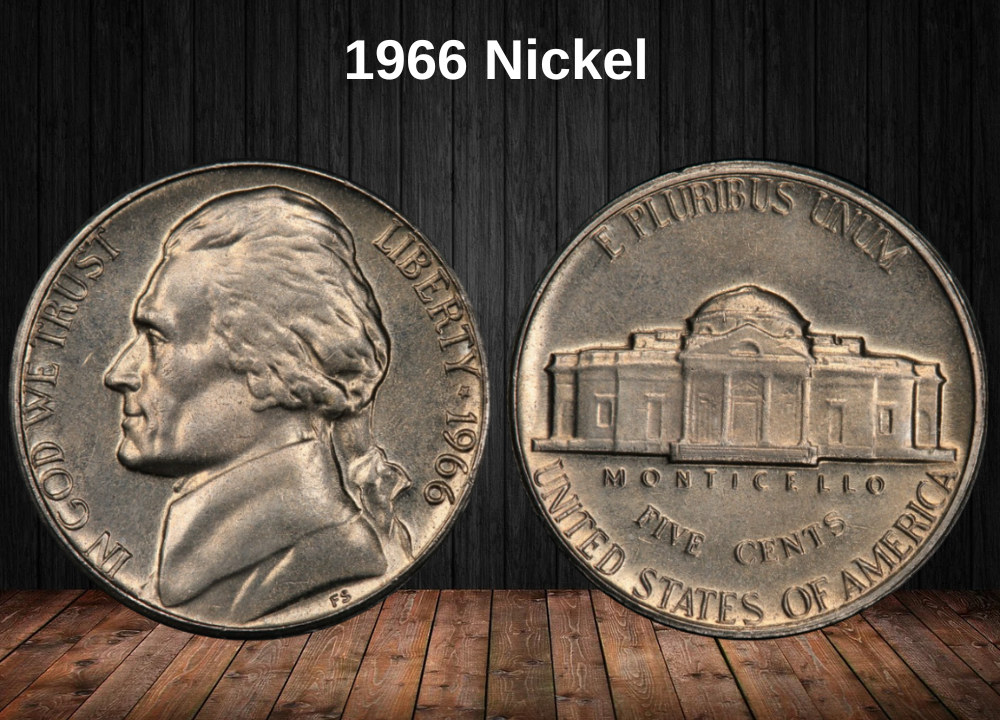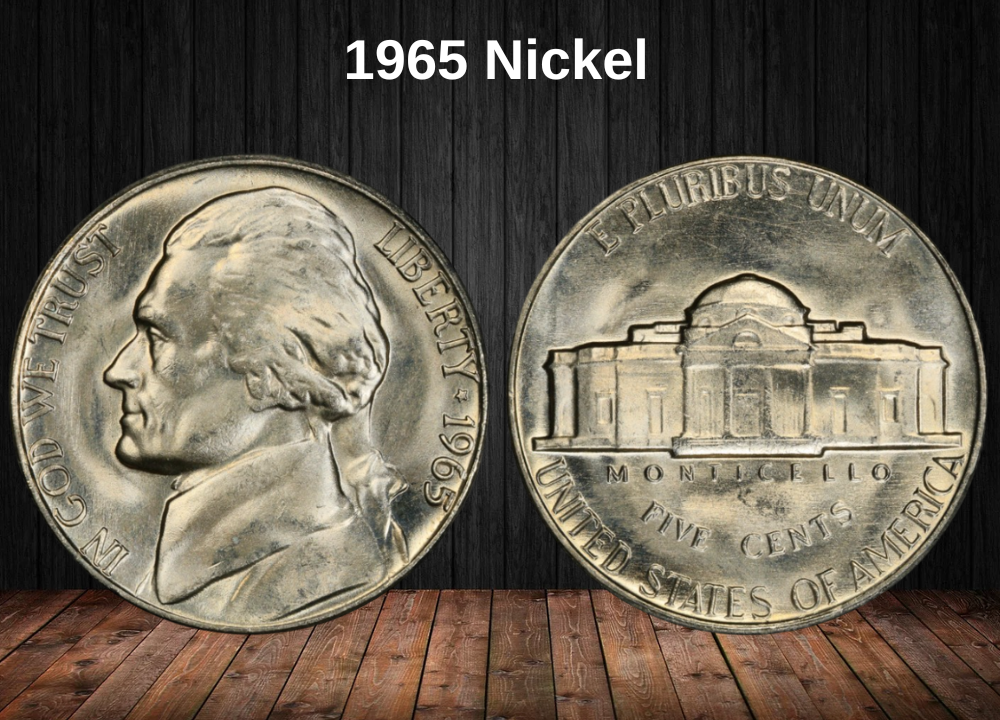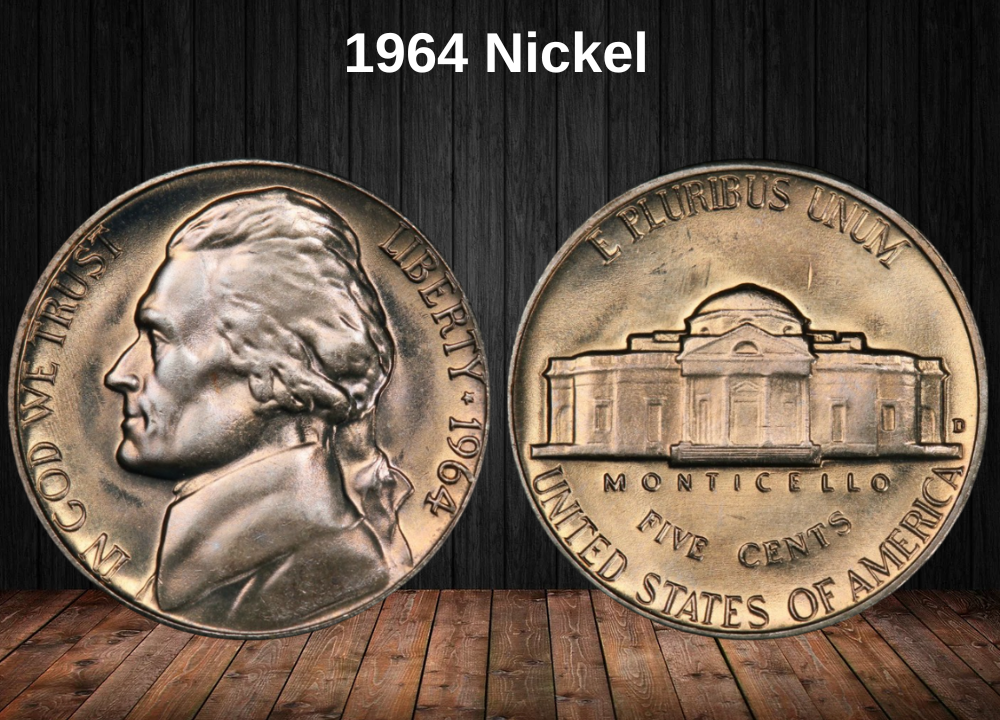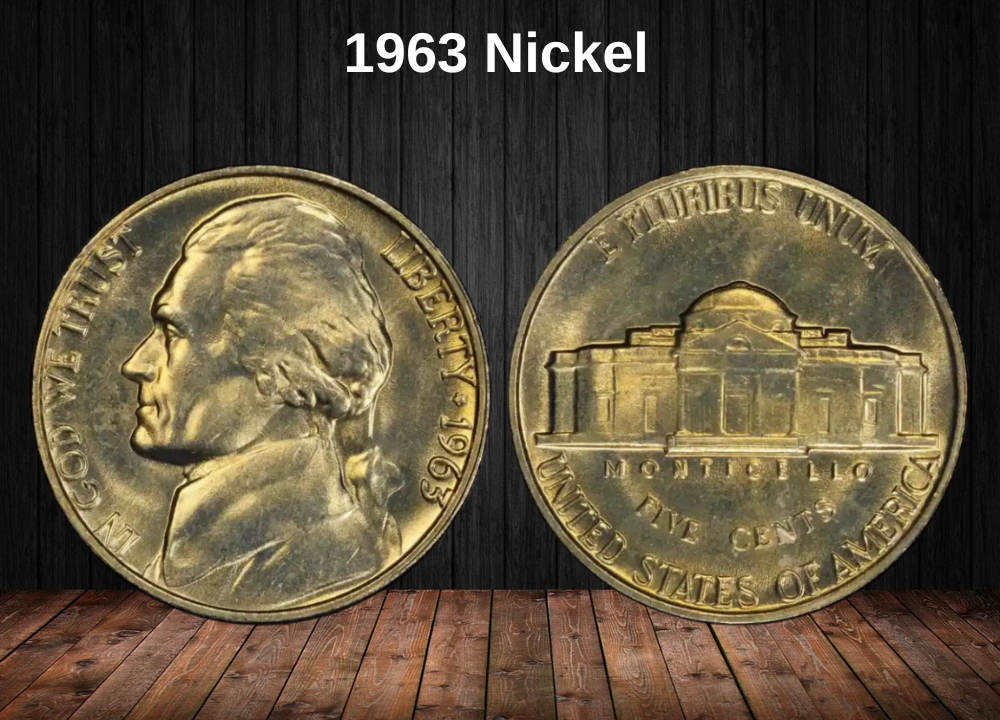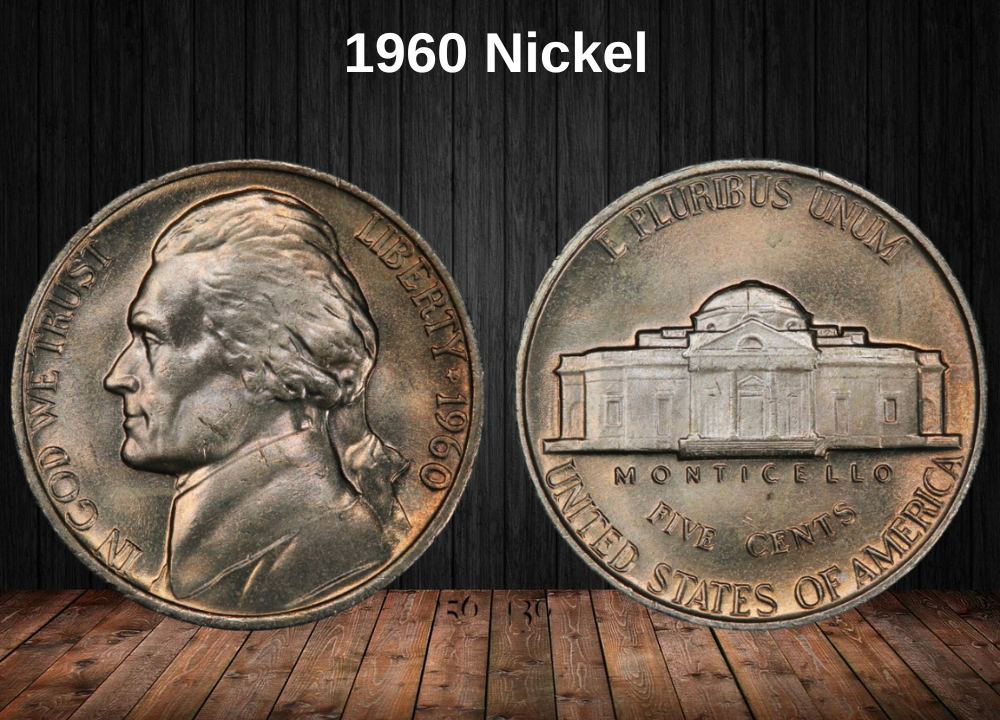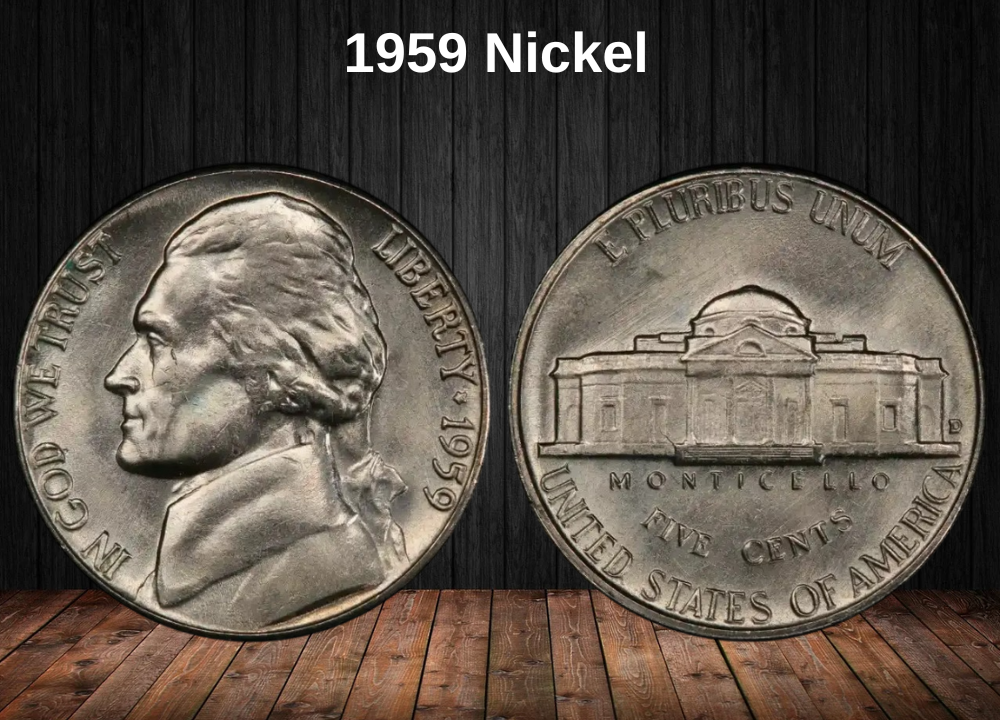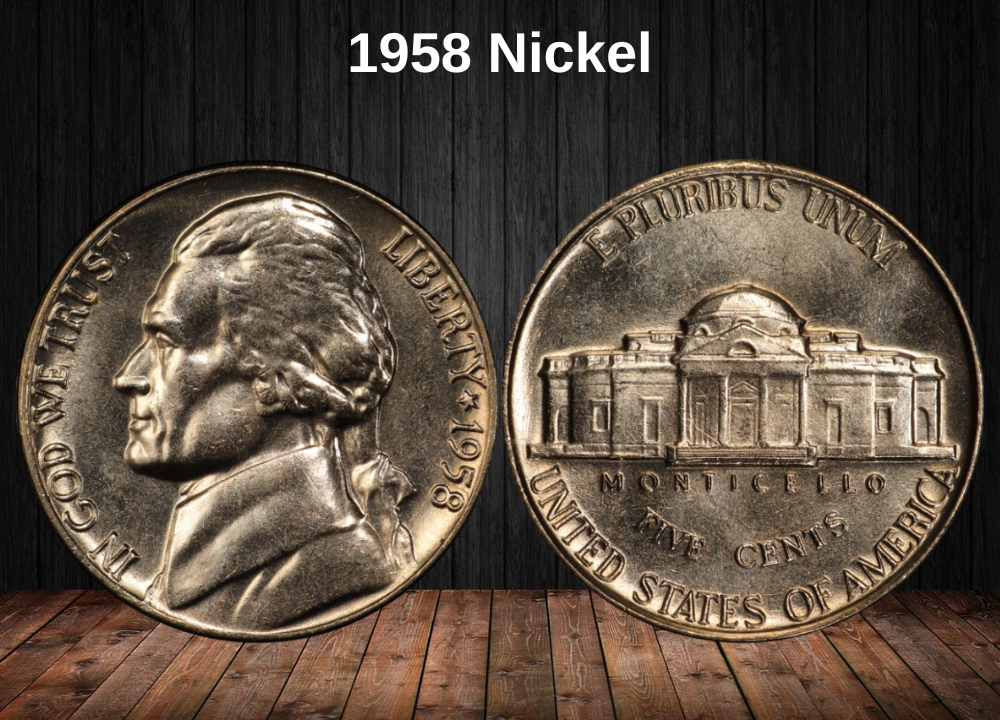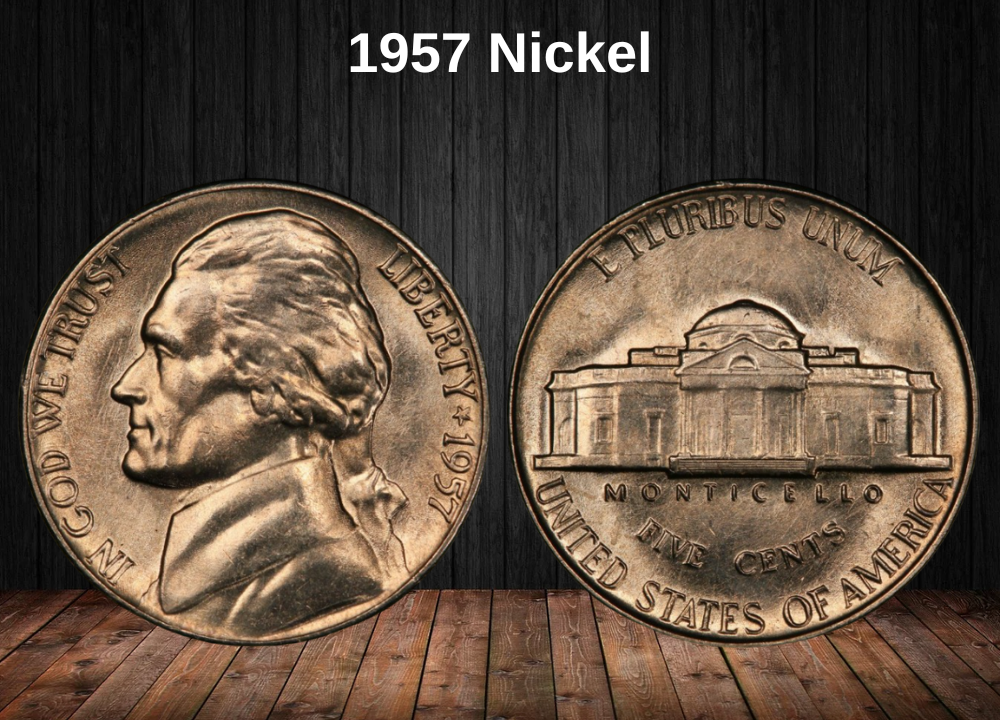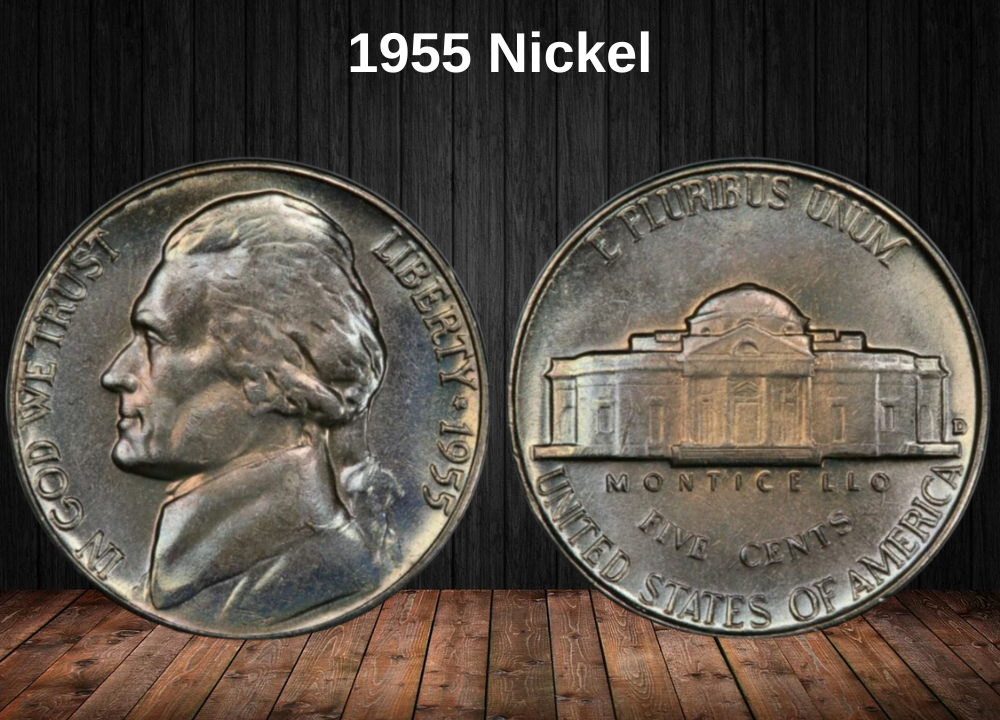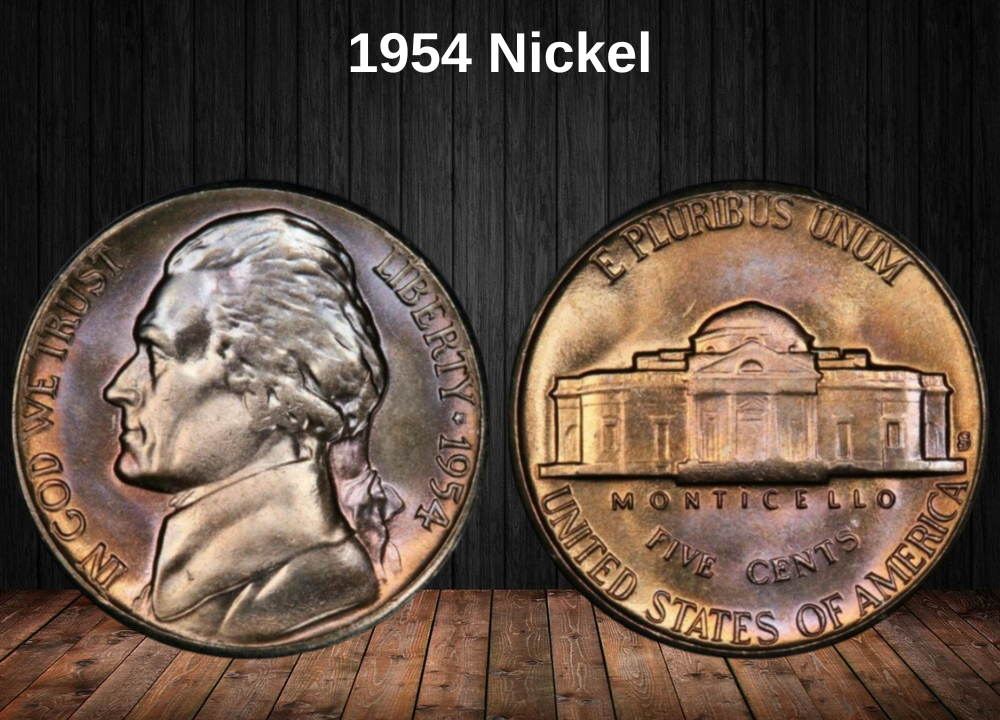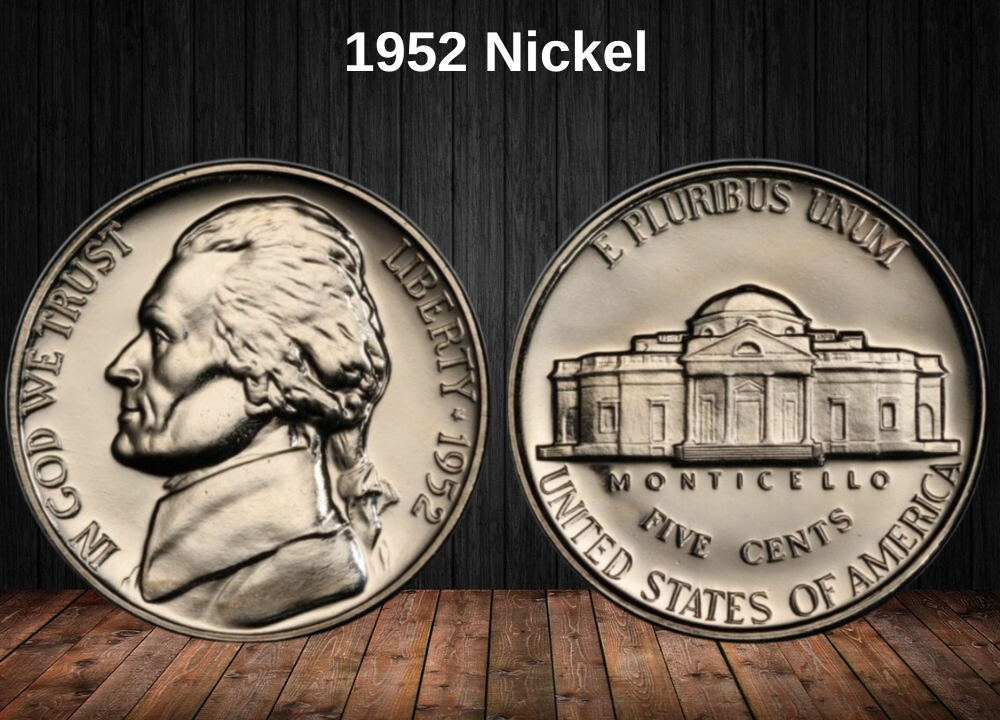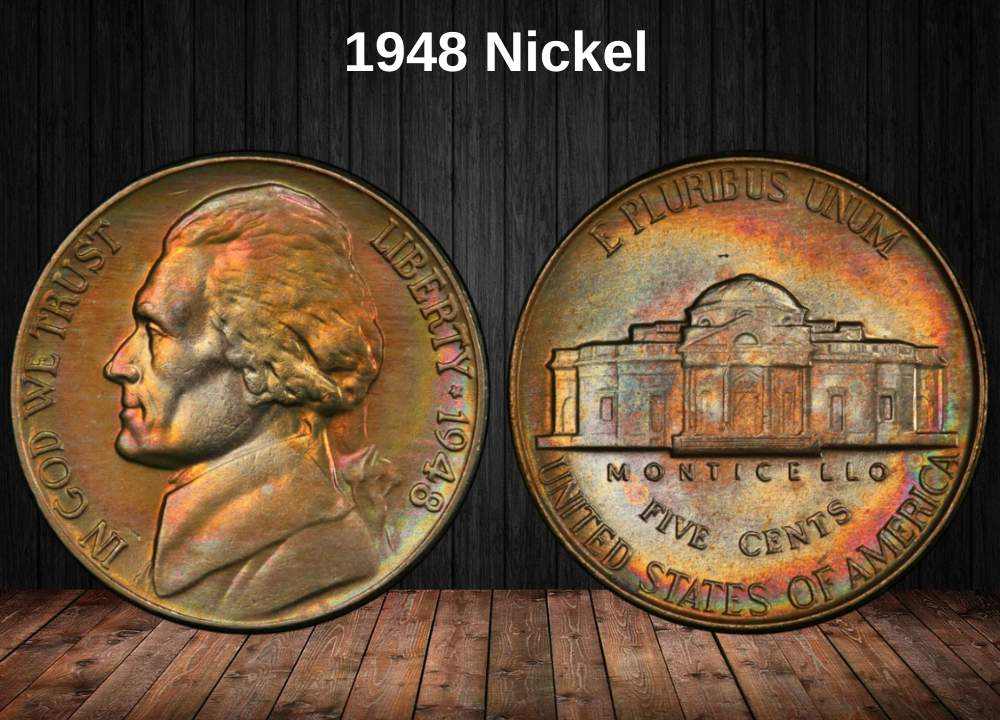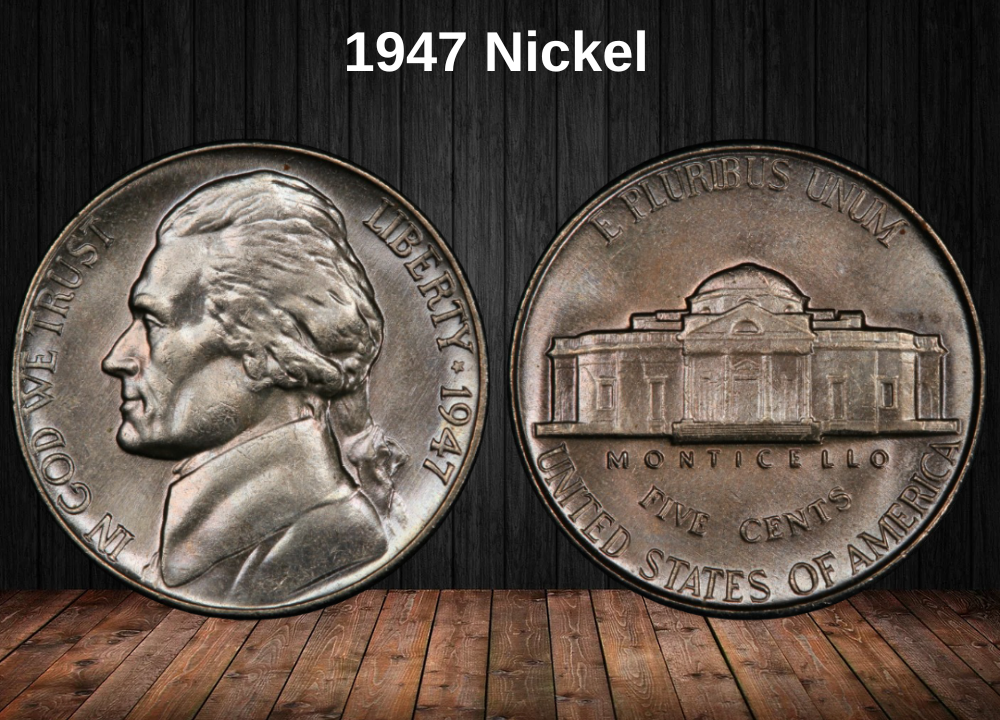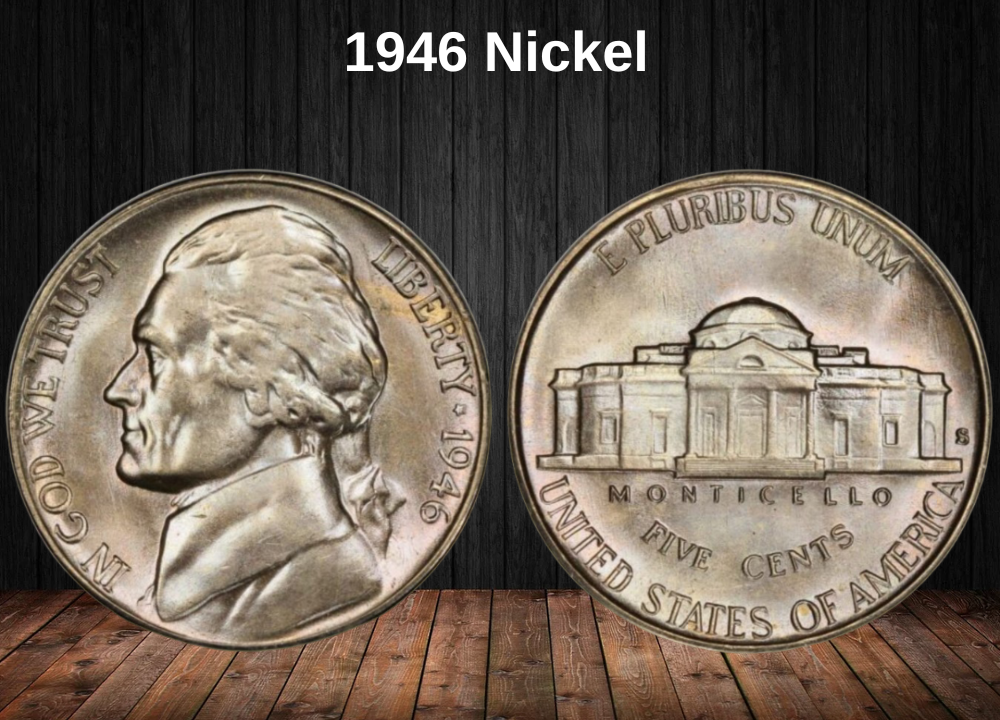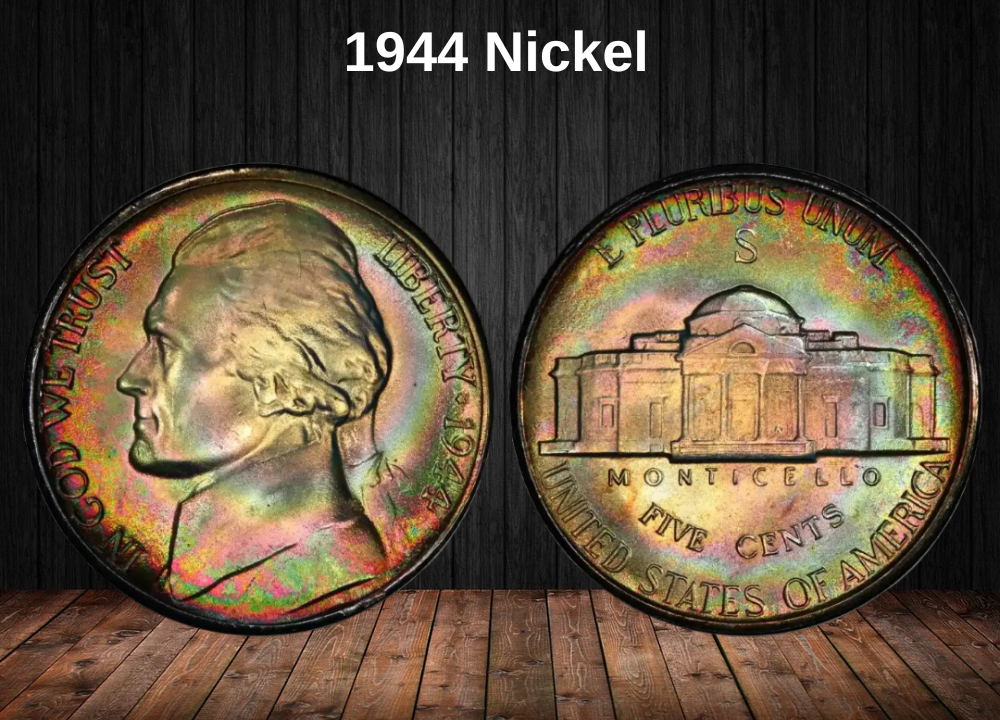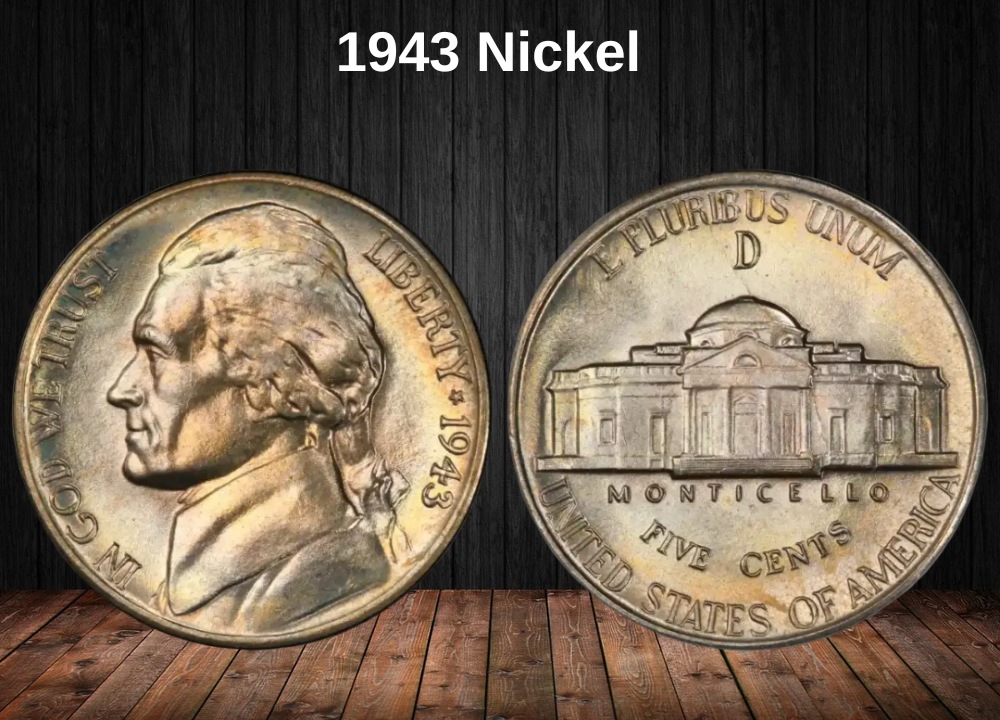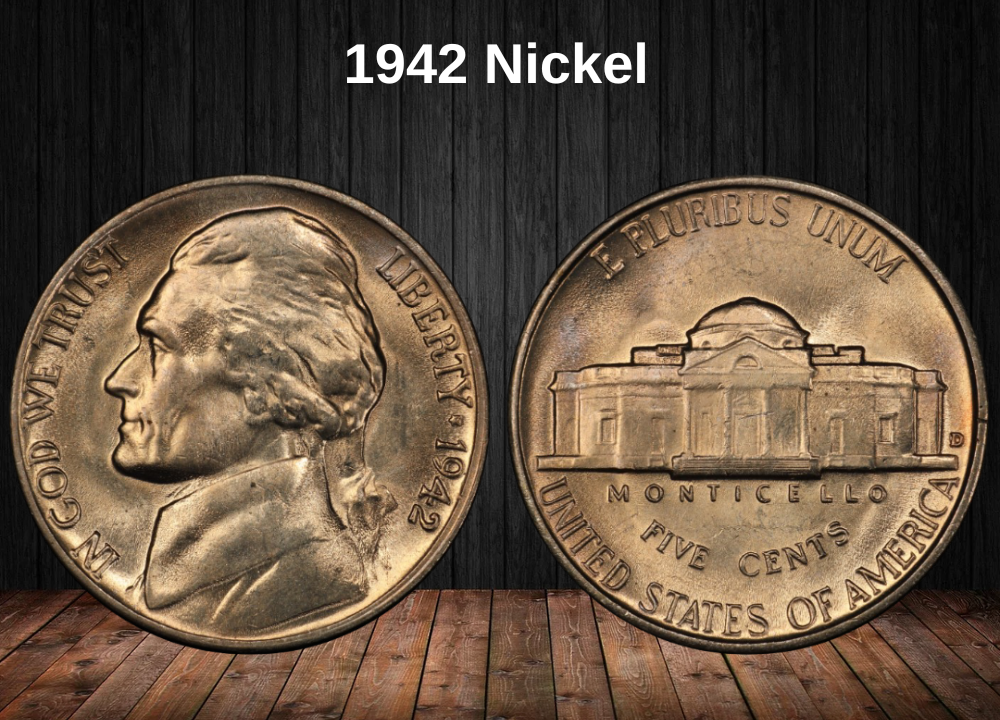At first glance, the 1962 Jefferson Nickel looks like just another common coin that has been in countless pockets, purses, and jars over the years. With hundreds of millions minted, most examples still found today are worth only their face value of five cents.
However, collectors know there’s much more to the story. Certain 1962 nickels — especially those in top mint condition, with sharp detail, or with rare minting errors — can fetch prices ranging from a few dollars to thousands at auction.
In this comprehensive guide, we’ll explore the history, design features, physical specifications, grading, market values, and notable errors of the 1962 nickel. We’ll also cover the most recent price data, record-breaking auction sales, and practical tips for identifying valuable examples and selling them effectively.
1962 Nickel Value Chart
The following chart presents approximate retail values for the 1962 Jefferson Nickel based on mint mark, grade, and Full Steps (FS) designation. We’ve also included values for proof issues, including Cameo and Deep Cameo varieties.
| Mint Mark & Variety | XF45 | MS60 | MS65 | MS67 | PR60 | PR65 | PR67 | PR69 |
|---|---|---|---|---|---|---|---|---|
| 1962 (P) No Mint Mark | $0 | $2 (FS: $7) | $15 (FS: $55) | $375 (FS: $3,750) | — | — | — | — |
| 1962-D | $0 | $2 (FS: $20) | $42 (FS: $4,250) | $5,000 | — | — | — | — |
| 1962 Proof (No Mint Mark) | — | — | — | — | $4 (Cameo: $7) | $8 (Cameo: $14 / DCAM: $27) | $12 (Cameo: $26 / DCAM: $50) | $70 (Cameo: $250 / DCAM: $850) |
Note: Values are estimates based on PCGS and NGC market data as of 2025 and may vary with collector demand, auction results, and coin eye appeal.
History of the 1962 Jefferson Nickel
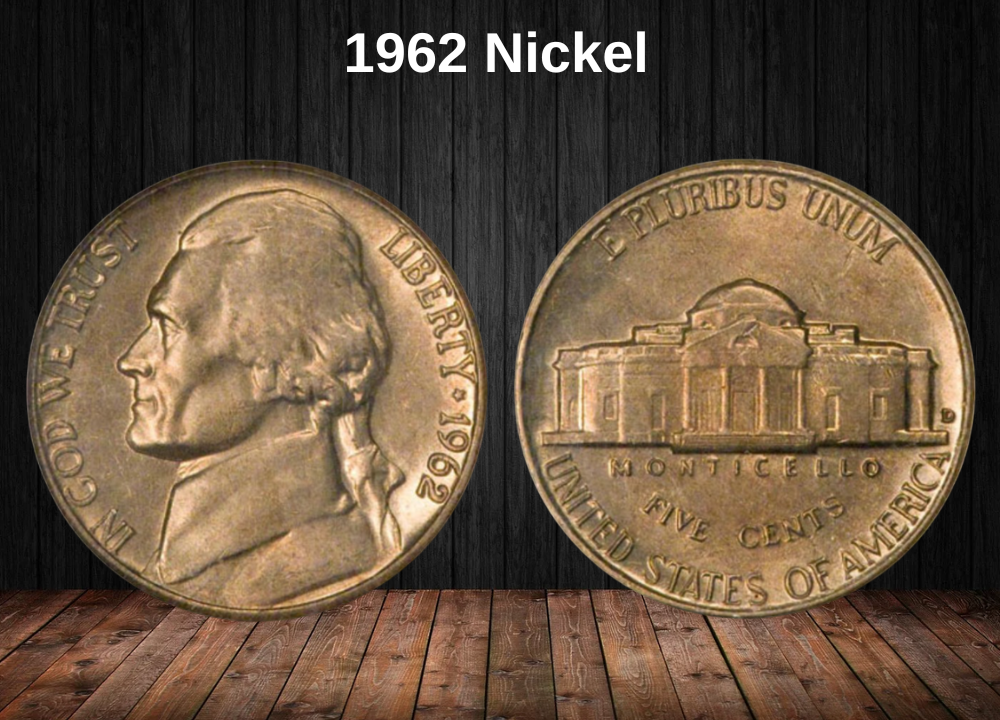
The Jefferson Nickel series began in 1938, replacing the beloved Buffalo Nickel. While popular among the public, the Buffalo design suffered from production issues, particularly weak strikes that quickly lost detail in circulation.
In response, the U.S. Mint launched a public design competition. The winning submission came from Felix Schlag, a German-born sculptor who emigrated to the U.S. in 1929. Schlag’s initial design underwent modifications before being approved — most notably, his perspective drawing of Monticello was replaced with a straight-on view.
Key historical notes for 1962:
- Only Philadelphia (no mint mark) and Denver (“D”) produced Jefferson Nickels that year.
- The San Francisco Mint was inactive for nickel production from 1954–1963.
- Philadelphia also struck proof nickels exclusively for collectors in 1962.
- Schlag’s initials did not appear on the coin until 1966.
Despite being over 60 years old, the Jefferson Nickel design remained largely unchanged until 2004, when the Mint introduced a modern portrait.’
Design Features of the 1962 Nickel
Obverse Design Details
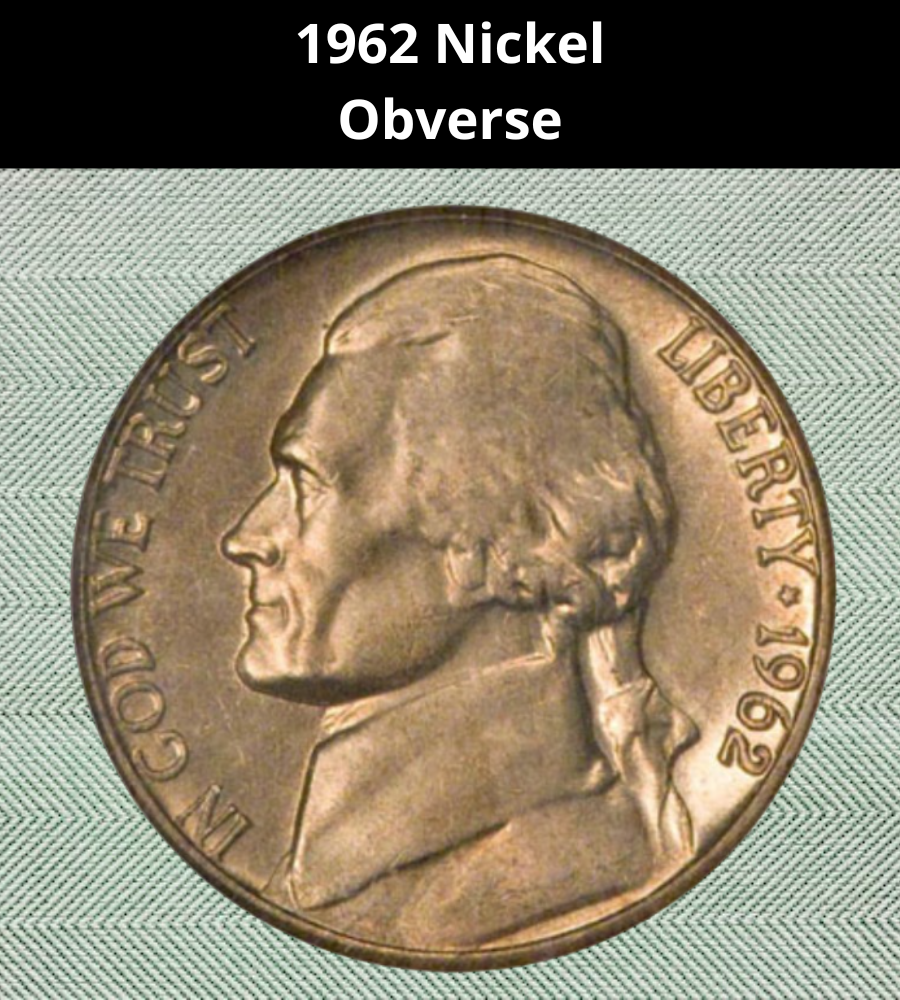
The obverse features a left-facing bust of Thomas Jefferson, modeled after a 1789 bust by French sculptor Jean-Antoine Houdon.
Obverse inscriptions include:
- IN GOD WE TRUST along the left rim
- LIBERTY followed by a star and the date along the right
Jefferson’s portrait is clean and minimalistic, with sharp hairlines on higher-grade strikes.
Reverse Design Details

The reverse depicts Monticello, Jefferson’s home in Virginia. The straight-on view used on circulating nickels is simpler than Schlag’s original angled perspective.
Reverse inscriptions include:
- E PLURIBUS UNUM arched at the top
- MONTICELLO above FIVE CENTS
- UNITED STATES OF AMERICA at the bottom
The mint mark, if present, appears to the right of Monticello.
Other Physical Specifications
- Composition: 75% copper, 25% nickel
- Diameter: 21.2 mm
- Weight: 5.00 grams
- Edge: Plain (smooth, no reeds)
1962 Nickel Grading Guide
Coin Grading Scale
The Sheldon Scale rates coins from 1 to 70:
- MS60–MS70: Mint State, uncirculated
- PR60–PR70: Proof, specially struck
- FS: Full Steps designation for sharply struck Monticello steps
| # | Grade |
|---|---|
| 1 | Basal State-1 |
| 2 | Fair |
| 3 | Very Fair |
| 4, 5, 6 | Good |
| 7, 8, 10 | Very Good |
| 12, 15 | Fine |
| 20, 30 | Very Fine |
| 40 | Extremely Fine |
| 50 | About Uncirculated |
| 60 | Mint State |
| 65 | Mint State |
| 70 | Mint State |
Full Step Designation
A Jefferson Nickel earns the Full Steps label when all five or six steps at Monticello’s entrance are fully separated. This requires a strong, precise strike and greatly increases collector value.
1962 Nickel Value Guides
1962 No Mint Mark Nickel Value
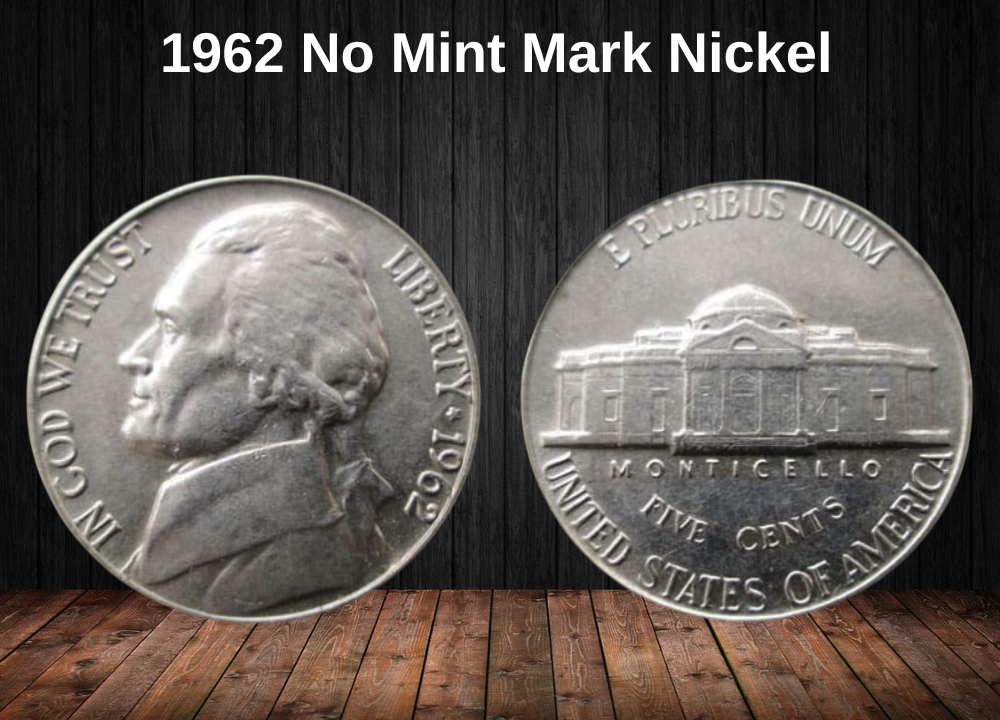
Circulated vs. Uncirculated Prices
- Circulated: Typically worth only face value unless an error is present.
- MS60: $2, or $7 with Full Steps.
- MS65: $15, or $55 FS.
- MS67: $375, or up to $3,750 FS.
Record Auction Sales
- One MS67+ FS example sold for $21,150 in 2013; later resold for $9,600 in 2021.
1962-D Nickel Value
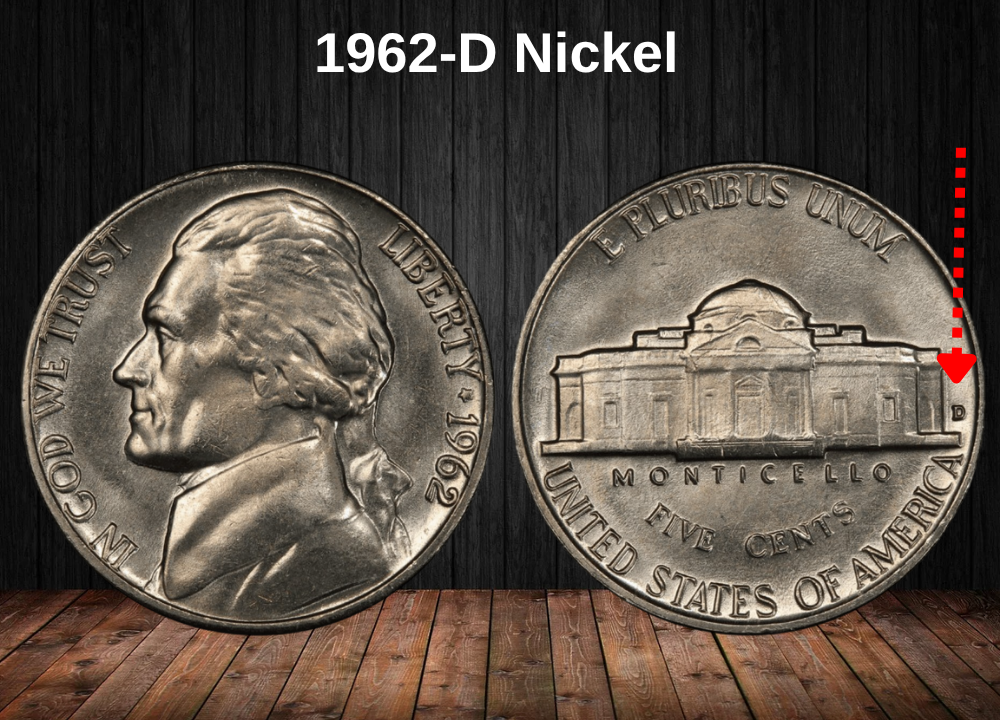
Availability and Survival Estimates
- Mintage: Over 280 million nickels from Denver in 1962.
- Estimated survivors: ~225 million across all grades.
Full Step Premiums
- MS60: $2 ($20 FS)
- MS65: $42 ($4,250 FS)
- MS67: $5,000 — highest PCGS grade awarded for a non-proof 1962-D.
1962 Proof Nickel Value
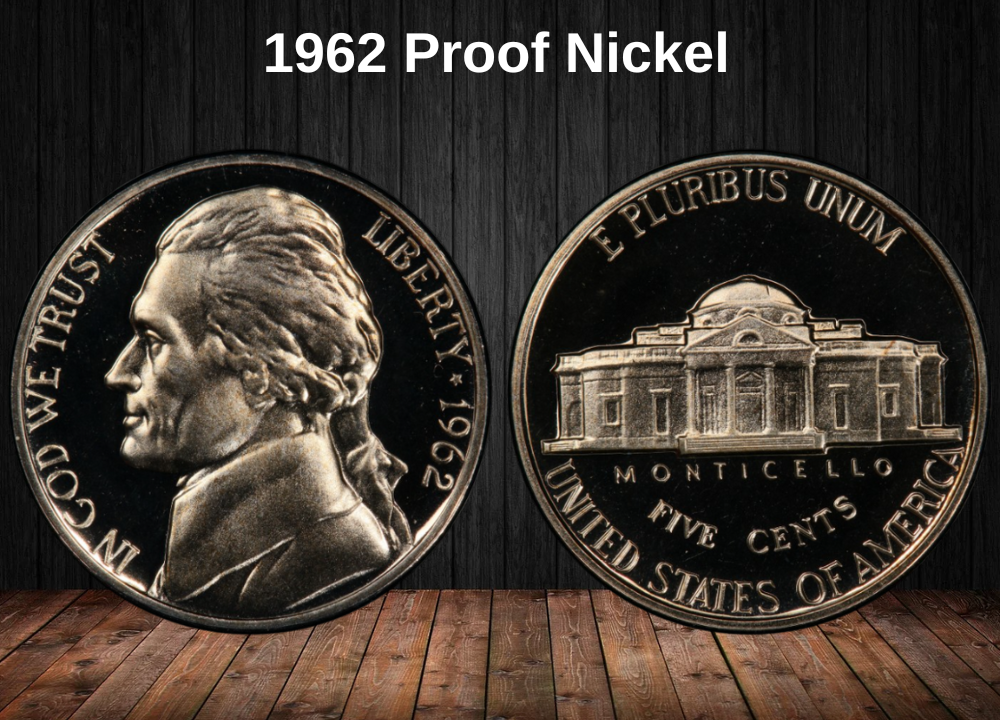
Cameo and Deep Cameo Designations
Proof nickels are struck on polished planchets with mirrored fields. Cameo and Deep Cameo varieties display frosted devices for strong contrast.
- PR60: $4 (Cameo: $7)
- PR65: $8 (Cameo: $14, DCAM: $27)
- PR67: $12 (Cameo: $26, DCAM: $50)
- PR69: $70 (Cameo: $250, DCAM: $850)
Rare 1962 Nickel Errors List
While most 1962 nickels are common, a small percentage left the U.S. Mint with striking or planchet defects that significantly increase their value. These mint errors are highly sought after, especially when verified by grading services like PCGS or NGC.
Below are the most notable 1962 nickel errors, along with identification tips.
1. 1962-D Nickel Over-Struck on a Cent

Description:
This spectacular mint error occurs when a nickel is accidentally struck on a copper one-cent planchet. The 1962-D example is particularly famous because parts of the cent’s original design are still visible beneath the nickel strike.
How to Identify:
- Weight difference: A normal nickel weighs 5.00 grams; a copper cent planchet from 1962 weighs only 3.11 grams. If your coin is lighter than normal, it’s a red flag for an off-metal strike.
- Color: Since 1962 cents were 95% copper, the coin will have a reddish-brown tone rather than the typical nickel-silver color.
- Visible under-design: Look for ghostly outlines of cent lettering, such as “LIBERTY” or the Lincoln Memorial, especially in the open fields.
- Certification: PCGS or NGC will label it as an “Off-Metal Strike” with both the host coin and the planchet identified.
Value:
The well-known MS64 RB example sold for over $900 at auction. Higher-grade, visually clearer examples could bring several thousand.
2. Planchet Lamination Errors
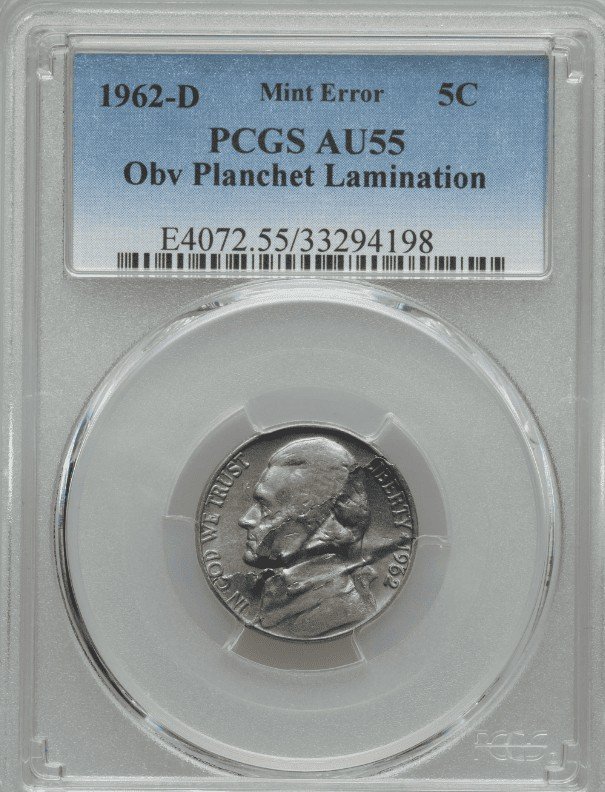
Description:
A lamination error happens when impurities or improper metal bonding in the blank cause part of the surface to flake or peel away after striking.
How to Identify:
- Texture: The affected area will look rough, uneven, or peeled — as though the top metal layer is separating.
- Location: Laminations often occur in the fields but can also appear across design details.
- Not post-mint damage: Lamination errors are part of the coin’s manufacture, so there should be no bending, gouging, or other signs of mishandling.
- Orientation: The peeling often follows the coin’s curvature rather than random scratches.
Value:
A 1962-D AU55 with a large obverse lamination sold for $45. Larger, more dramatic laminations can sell for significantly more, especially on high-grade coins.
3. Off-Metal Strikes (Other than Cents)
Description:
Sometimes a coin is struck on a planchet intended for another denomination or even a foreign coin. For the 1962 nickel, documented cases include strikes on:
- Dime planchets (silver, smaller diameter)
- Ethiopian 5-cent planchets (bronze-colored, slightly different weight)
How to Identify:
- Size: If the coin is smaller than a standard nickel, it may have been struck on a dime planchet. This will cause parts of the design to be cut off near the rim.
- Color and weight: A silver dime planchet will weigh 2.5 grams and have a bright silver hue; an Ethiopian 5-cent planchet will have a brownish tone and different diameter.
- Partial design loss: Because the wrong planchet is smaller, certain words or parts of Monticello/Jefferson will be missing.
Value:
These errors can range from $500 to over $2,000, depending on the rarity of the host planchet and condition.
4. Double Strikes and Off-Center Strikes (less common but known)
Description:
In these errors, the coin is struck twice or struck away from the center.
- Double Strike: Design elements appear twice, sometimes overlapping or shifted.
- Off-Center Strike: A portion of the design is missing, with blank planchet visible.
How to Identify:
- Double Strike: Look for doubling in lettering or Jefferson’s profile.
- Off-Center: Part of the rim will be missing, replaced by plain metal.
- Percentage: Collectors prefer dramatic off-centers (40% or more).
Value:
Minor off-centers (5–10%) may bring $20–$40; dramatic examples can exceed $200+.
5. Clipped Planchet Error
Description:
Occurs when the blank planchet is misfed during cutting, leaving a curved or straight clip along the rim.
How to Identify:
- Shape: Missing metal section that looks like a bite was taken from the coin.
- Blunted rim: The clip area will lack a raised rim.
- Metal flow lines: Near the clip, design details may stretch toward the gap.
Value:
Small clips bring $10–$20; larger, more visible clips can fetch $50–$100.
Where to sell your nickel?
Now that you’re aware of your nickel’s value, you may be curious about the best places to sell it. Don’t worry: here’s a rundown of some top online marketplaces where you can conveniently sell your nickels, along with their benefits and drawbacks.
Explore the best platforms for selling nickels online (advantages and disadvantages).
Is my 1962 nickel worth anything?
Most circulated examples are worth five cents. The main exceptions are coins with the Full Steps designation, those in very high mint state grades (MS67 and above), and coins with significant mint errors.
What makes a 1962 nickel rare?
The rarest examples are uncirculated Full Steps coins in MS67+, major off-metal strikes, dramatic die errors, or well-preserved proof coins with Deep Cameo contrast.
Should I have my nickel graded?
Yes — if it has sharp detail, no visible wear, or you suspect it may have Full Steps. Grading also adds credibility and can increase value when selling.
How can I tell if my 1962 nickel has Full Steps?
Examine the steps of Monticello under magnification. If all five (or six) steps are fully visible and separated by clear lines without breaks, it qualifies for the designation.
What’s the difference between a proof and a regular 1962 nickel?
Proof nickels were specially made for collectors, using polished dies and planchets to create mirror-like fields. They were not intended for circulation and usually come in better condition.
Can cleaning my 1962 nickel increase its value?
No. Cleaning almost always reduces a coin’s value, as it can leave scratches and remove the natural patina collectors prize.
Where is the mint mark on a 1962 nickel?
On the reverse, to the right of Monticello. A “D” indicates Denver Mint. No mint mark means it was struck in Philadelphia.
Why are some 1962 nickels copper-colored?
They could be off-metal errors struck on a cent planchet, or they may have undergone environmental toning, which is less valuable.
What’s the most valuable 1962 nickel ever sold?
A 1962 no mint mark Full Steps nickel graded MS67+ sold for $21,150 in 2013. Certain error coins have also sold for thousands.
Can I find valuable 1962 nickels in circulation today?
It’s rare, but possible — especially if searching coin rolls from banks. Most high-value examples are already in collections or dealer inventories.
Do all 1962-D nickels have more value than Philadelphia nickels?
Not necessarily. While some Denver Full Steps coins have high premiums, common uncirculated examples from both mints are similar in value.
The 1962 Jefferson Nickel remains one of the most collected modern U.S. coins, not because of its rarity in circulation, but because of the challenge of finding flawless Full Step examples and unusual mint errors. Knowing what to look for — and where to sell — can turn an ordinary pocket find into a valuable addition to your collection or a profitable sale.

